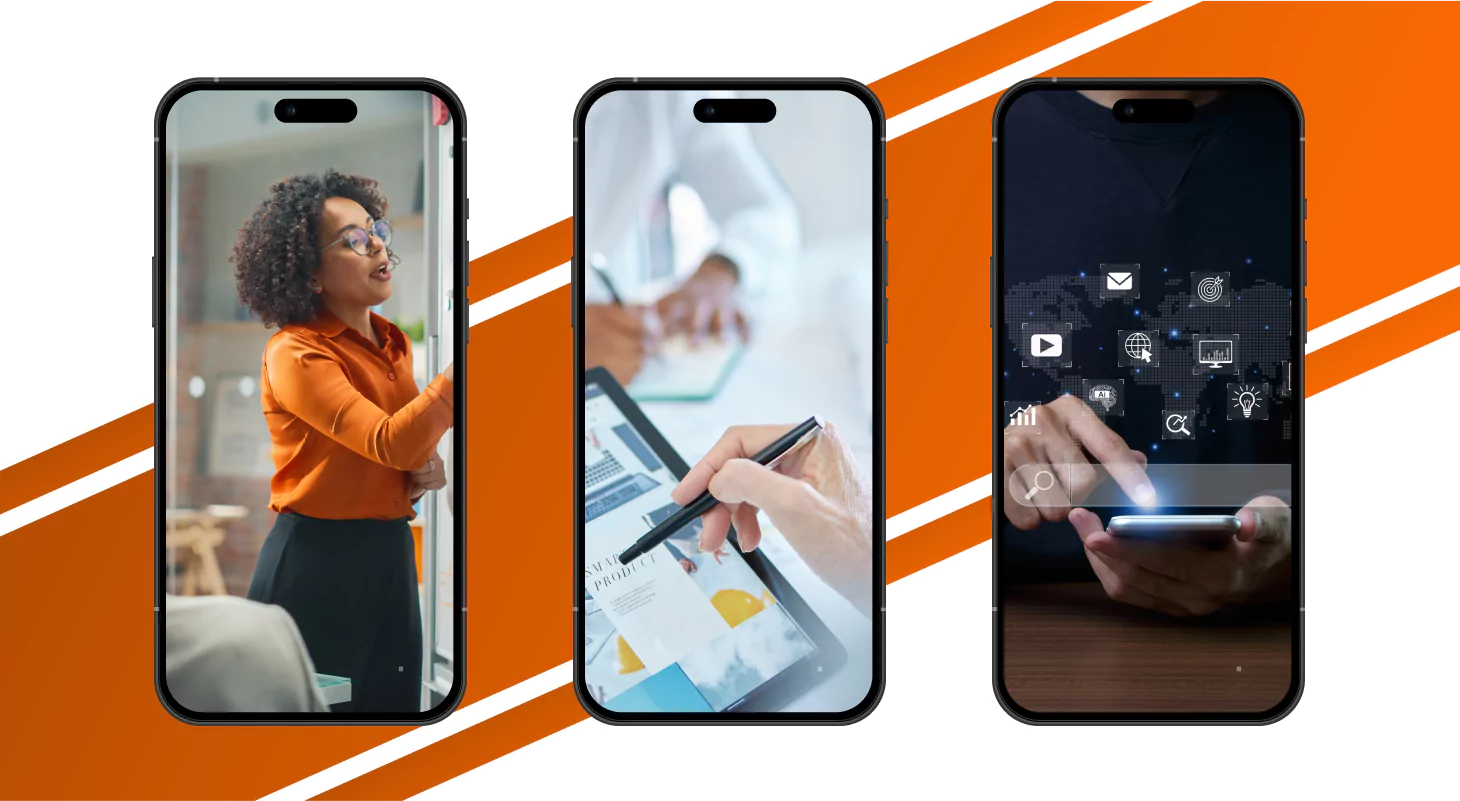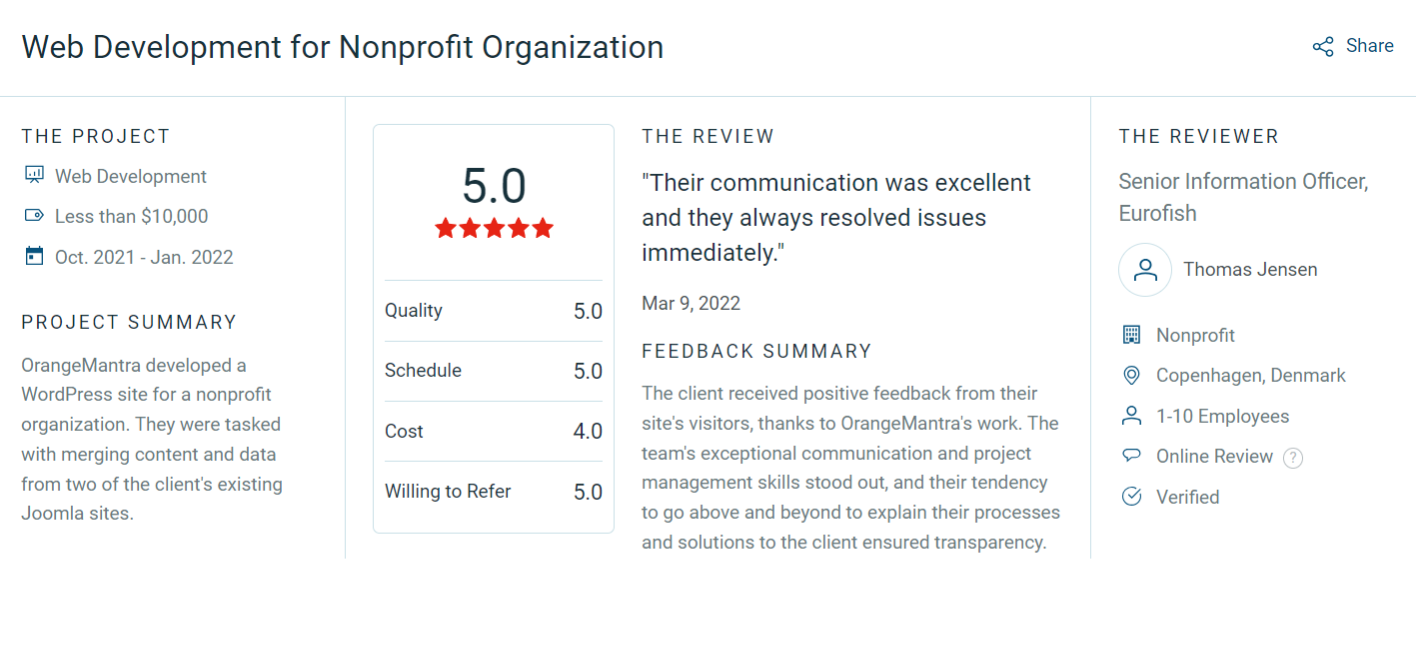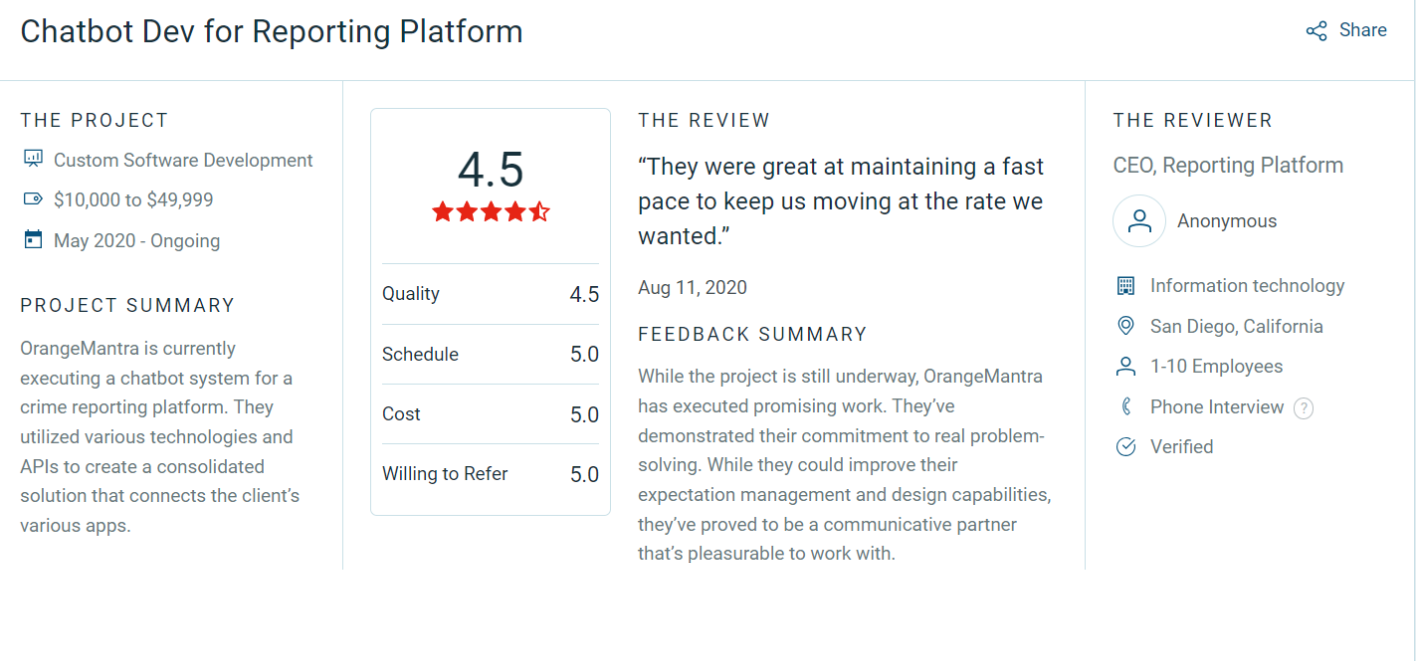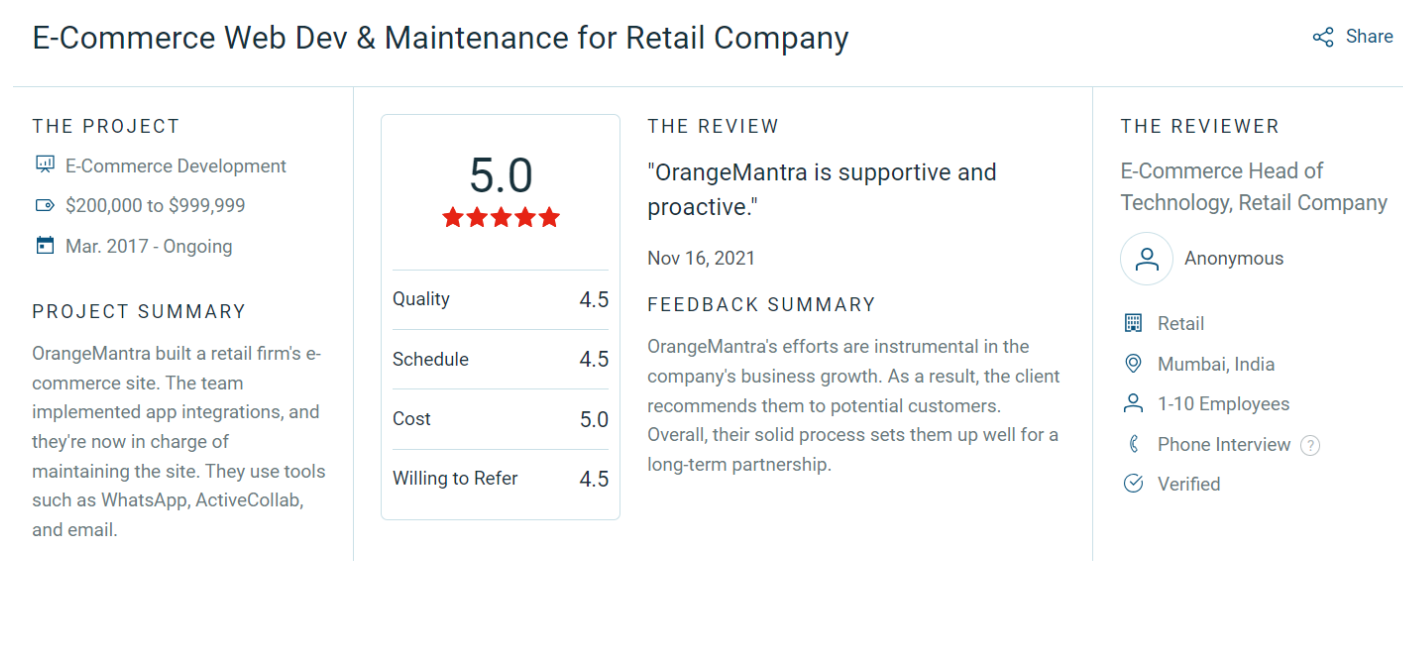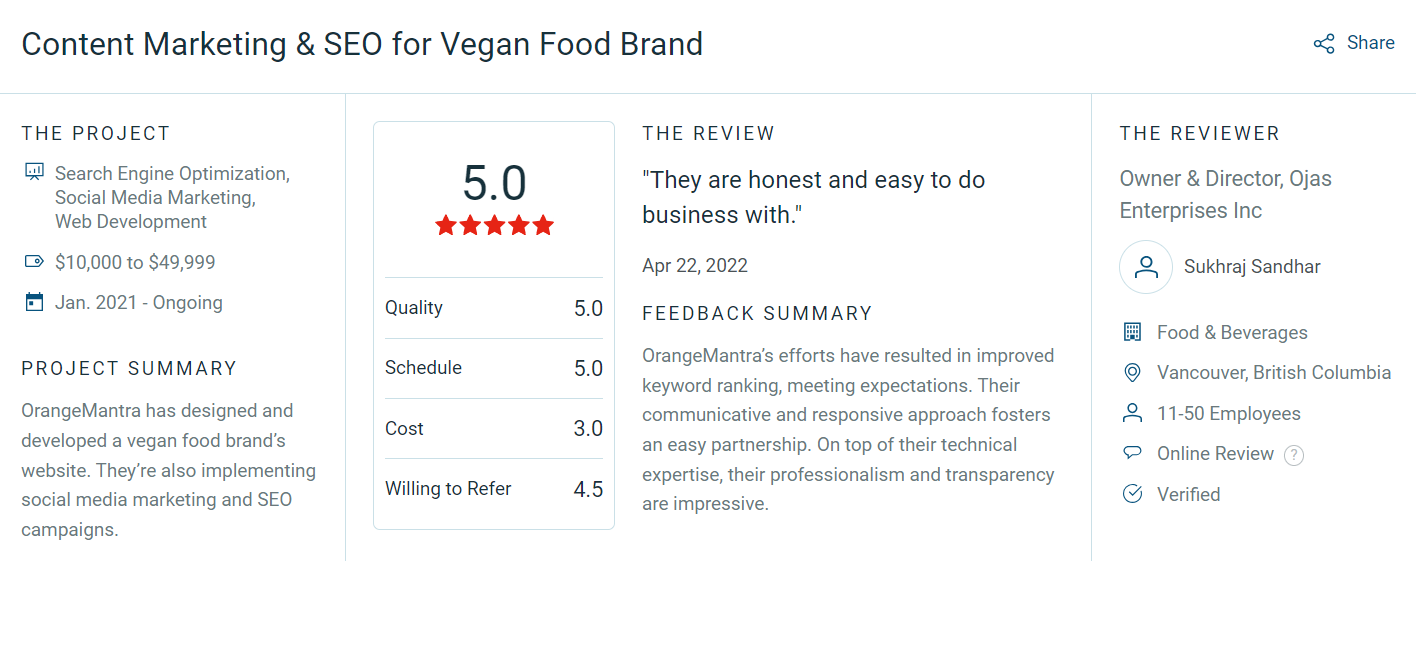The Problem - Manual Processes Creating Challenges
The client's design team spent lengthy hours on fundamental modeling tasks and quality checks, producing bottlenecks in the product development pipeline. Manual procedures led to inconsistent quality and extensive review cycles. Their present approaches were unable to detect structural flaws in 3D models early on, resulting in problems that were discovered later in the process when modifications were expensive and time-consuming.




